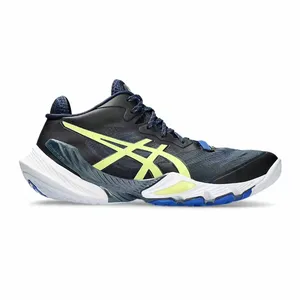Popular in your industry


























































Related Searches:







































































































































Top categories
About sewing tents
Sewing tents are a popular choice for outdoor enthusiasts looking to create or repair their camping shelters. These tents can be sewn from scratch or used to patch up existing tent materials. The process typically involves using a sturdy sewing machine and high-quality thread to ensure the tent's durability under various weather conditions. Sewing tent material can be a rewarding DIY project and a practical skill for extending the life of camping gear.
Types of sewing tents
When looking to create a tent, sewing a canvas tent is a common choice. Canvas is a durable and weather-resistant fabric that can offer excellent protection from the elements. These tents are often used for camping, glamping, or as semi-permanent structures. Another type is sewing a canvas tent, which are lightweight and versatile, offering a good balance between durability and portability. These tents are popular among backpackers and hikers due to their weight-saving design. Sewing a tent with ripstop nylon is a third option. Ripstop nylon is a synthetic fabric known for its strength and tear-resistant properties. These tents are often used in ultralight camping and backpacking due to their lightweight nature and ability to withstand rough outdoor conditions. A fourth type includes sewing a polyester tent, which is also a common choice for DIY tent projects. Polyester offers good water resistance and is quick-drying, making it suitable for various weather conditions. These tents are often used for family camping or as budget-friendly alternatives to other materials.
Step-by-step guide for sewing tents
Sewing a canvas tent involves several steps to ensure a sturdy and weather-resistant final product. To begin, it is essential to gather all the necessary materials, including the canvas fabric, sewing machine, heavy-duty thread, needles, and any additional supplies like zippers or tent poles. The fabric should be prepared by cutting it into the desired tent shape and size, ensuring precise measurements to avoid any fitting issues later on. After cutting the fabric, it is time to sew the panels together using a heavy-duty sewing machine. It is crucial to use the appropriate stitching techniques, such as a double stitch or a flat-felled seam, to enhance the tent's strength and water resistance. Reinforcing the seams with sewing a tent material tape or additional stitching can further improve the tent's durability. Once the basic structure is sewn, elements like doors, windows, and vents can be incorporated into the design. Finally, adding features like zippers, grommets, and guy lines can enhance the tent's functionality and stability. Regular maintenance, such as cleaning and reapplying waterproof coatings, can help extend the tent's lifespan.
Advantages of sewing tents
Sewing tents offer numerous advantages for DIY enthusiasts and campers. One of the most significant benefits is the ability to customize the tent according to personal preferences, including size, shape, and features. This level of customization allows individuals to create a tent tailored to their specific needs, whether for solo backpacking trips or family camping adventures. Additionally, sew your own tent projects can be cost-effective compared to purchasing a pre-made tent, especially for those with sewing skills and access to affordable materials. Sewing a tent also provides a sense of accomplishment and satisfaction, as individuals can see the direct results of their craftsmanship in a functional and practical outdoor shelter. Moreover, repairing an existing tent by sewing tent material can extend its lifespan, reducing waste and contributing to a more sustainable approach to outdoor gear. Overall, sewing tents combine creativity, practicality, and self-reliance, making them a rewarding endeavor for outdoor and DIY enthusiasts.

















































